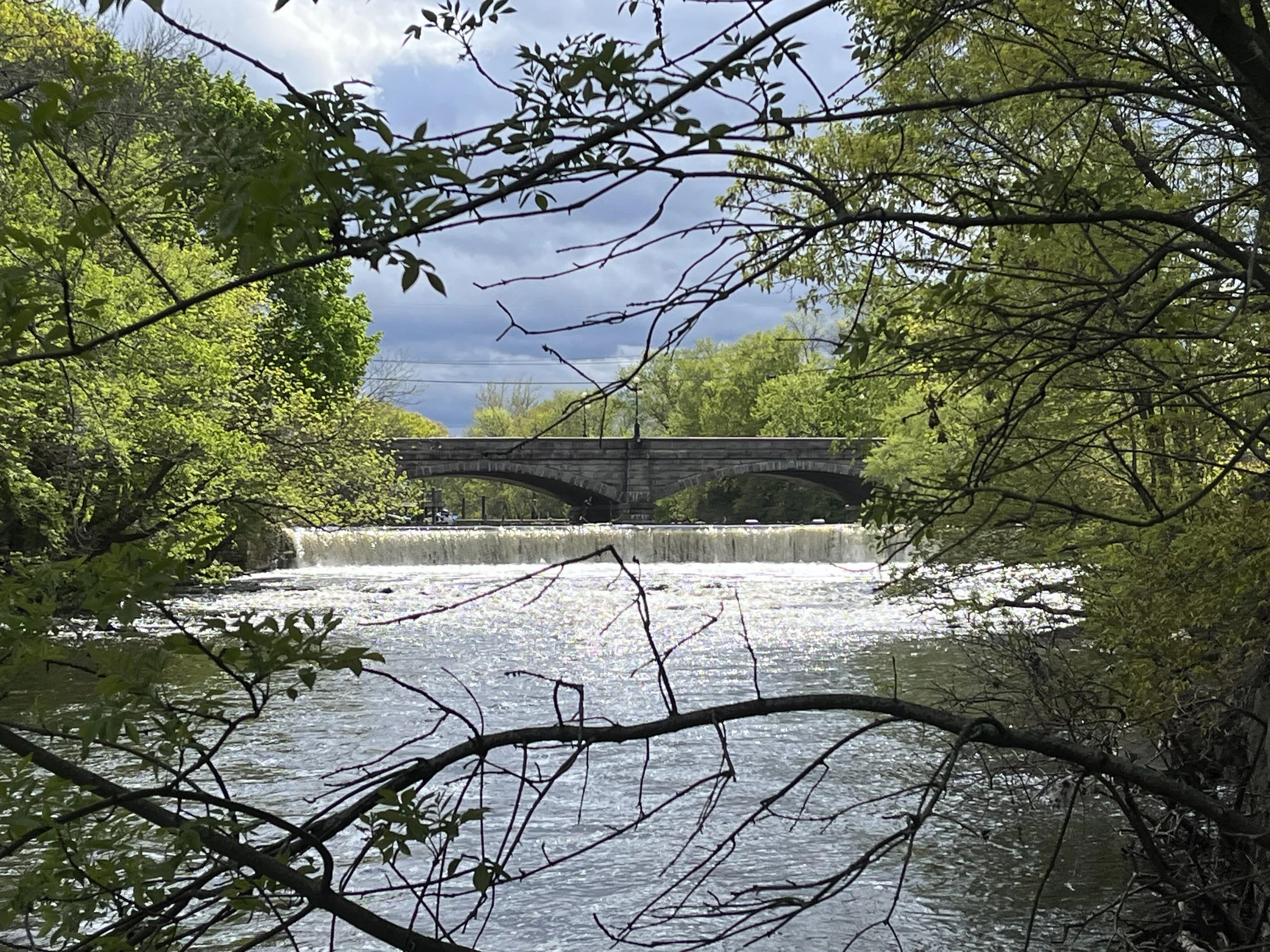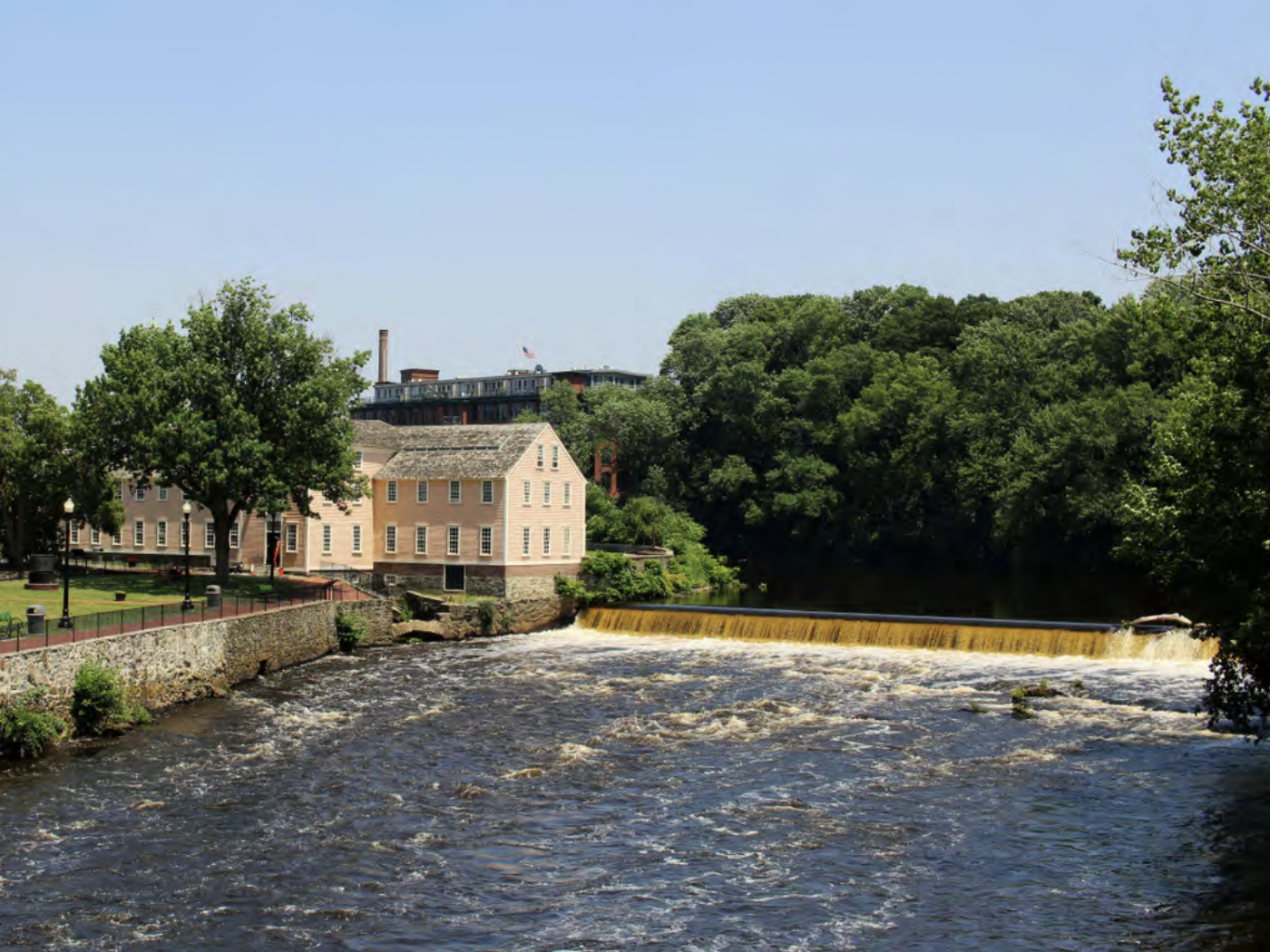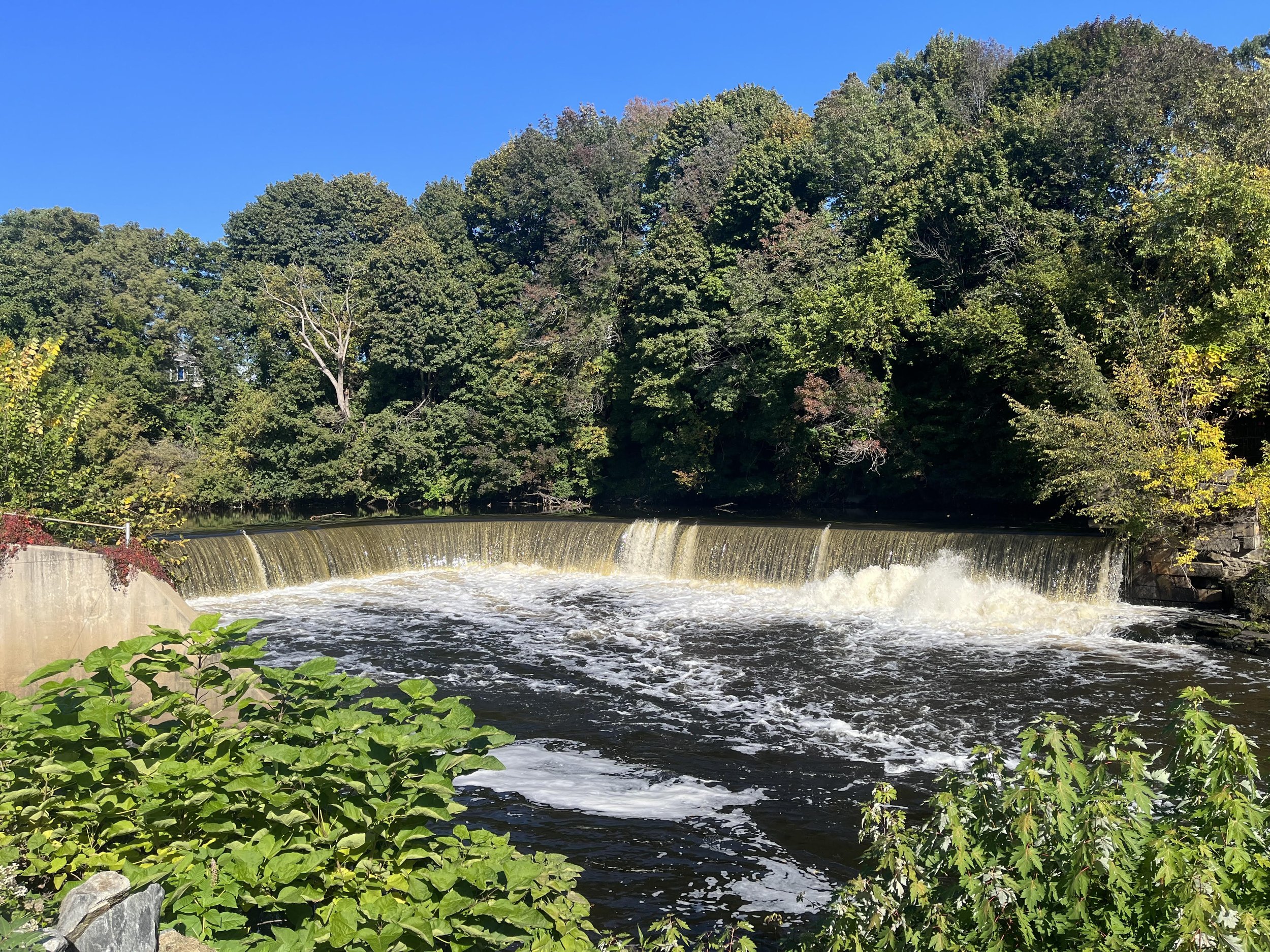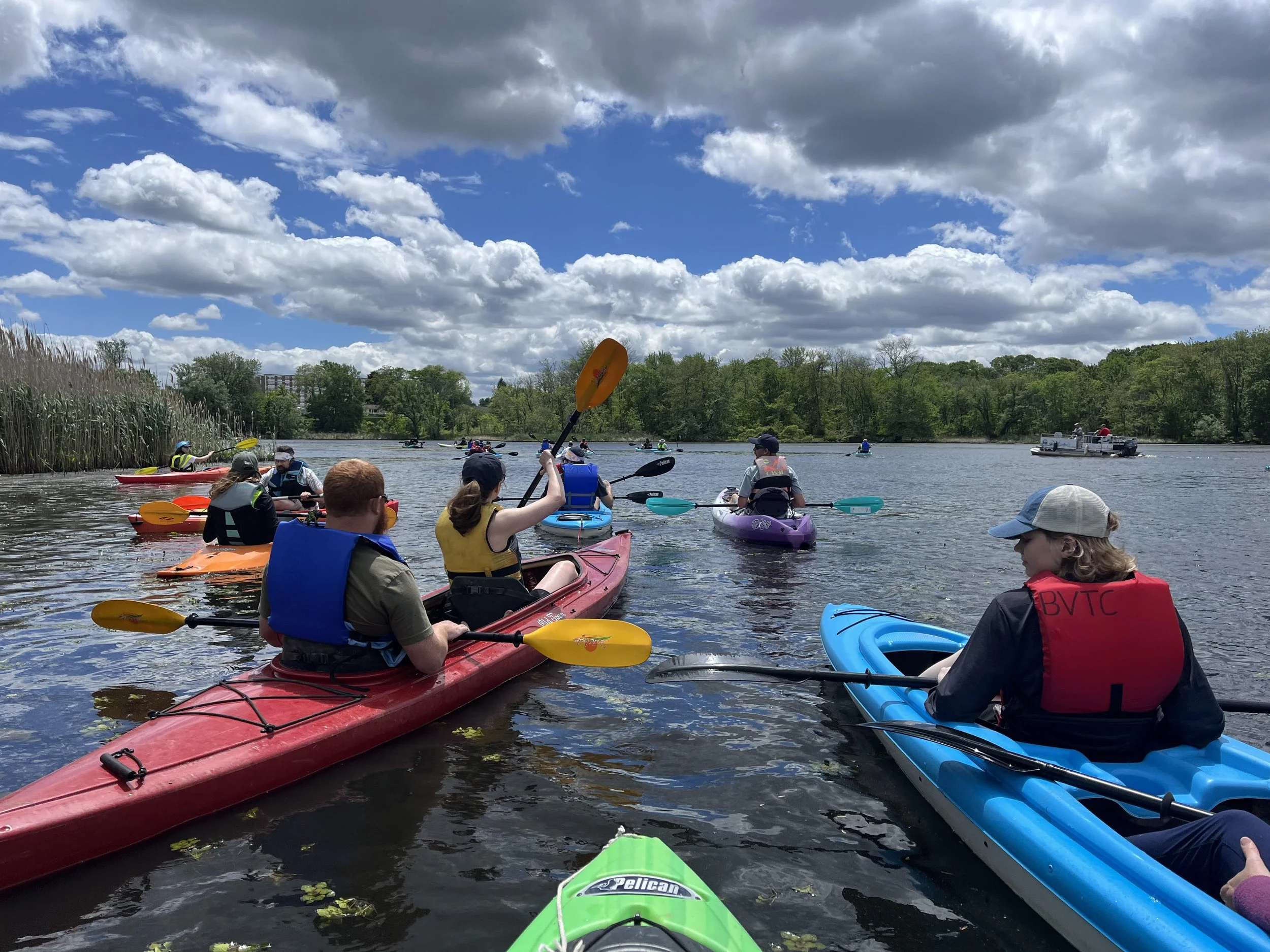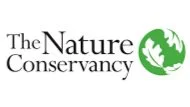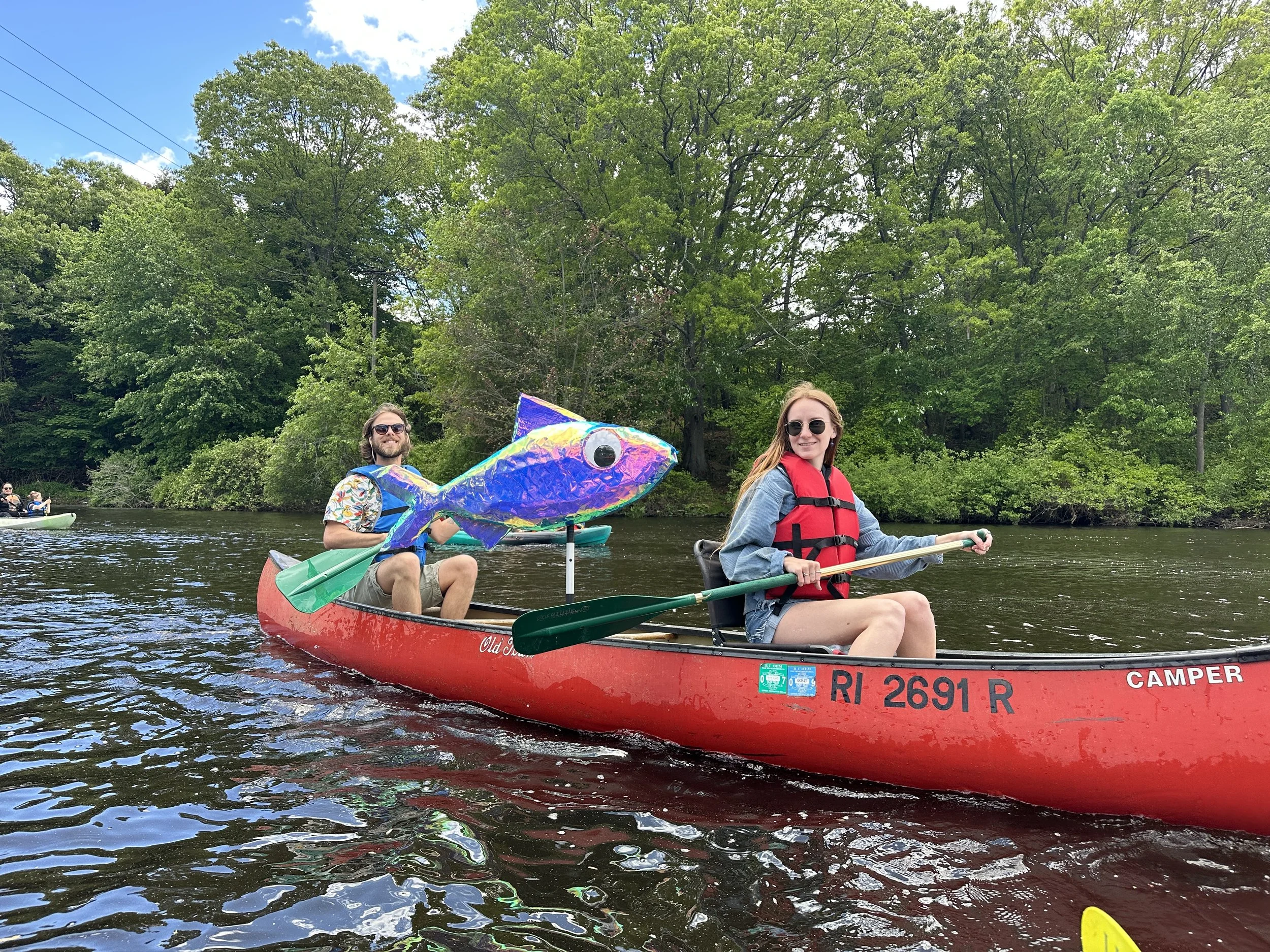
Gaining Fish Passage over the Lowest Four Dams on the Blackstone
The Project
History and Purpose
For the last 30 years, advocates have been working to create migratory fish passage over the lowest four dams on the Blackstone River, which would open up 4.8 river miles around 5 total dams, creating 206 acres of spawning habitat for an estimated 202,000 herring and 9,900 shad. We are now the closest we’ve ever been to achieving this decades long mission.
The Blackstone River - known to the Nipmuc as Kittacuck and Mishkittakooksepe to the Narragansett, historically was a tidal river. Prior to European colonization, the Blackstone River had abundant populations of migratory fish including shad, herring and salmon that lived and migrated between fresh and saltwater habitats. The construction of 39 dams on the mainstem of the Blackstone River prevented migrating fish from reaching historic breeding habitat and led to a significant decline in the fish populations.
Establishing fish passage would also include financial benefits to the region through the fishing and tourism industries as it provides critical spawning and nursery habitat for more than 60 species of fish and shellfish and over 200 species of birds, making it a desirable area in the region for commercial and recreational fishing, boating, and many other coastal activities.
We are working alongside others in Rhode Island to provide fish passage around the Blackstone’s lower four dams to enhance aquatic connectivity and restore the balance between humans and the river. These dams are the Valley Falls and Elizabeth Webbing in Central Falls, and Slater Mill & Main Street Dams in Pawtucket.
Recent Project Improvements
In 2023, RIDEM created a Community Advisory Committee (CAC), aimed at increasing transparency that meets monthly, facilitated by the Blackstone Watershed Collaborative. With the help of the CAC, RIDEM submitted an application to the NOAA Restoring Fish Passage through Barrier Removal Grants in 2023 for $20M to construct fish passage over the lowest two dams. This project was not funded, but in 2025, RIDEM applied for two other NOAA grants and the Narragansett Indian Tribe applied to a third, totaling $19.5 M- that decision is still pending. With funding support from the Narragansett Bay Estuary Program, RIDEM hired a new project manager to coordinate efforts to gain fish passage on the Blackstone.
The Dams
-
Owner: Blackstone Hydro Associates
Status: Active Hydropower
Preferred Alternative: Undecided
-
Owner: RI DEM
Status: Former hydropower facility
Preferred Alternative: Convert former hydro channel to a nature-like fishway
-
Owner: Currently under transition to the National Park Service
Status: Historic Dam
Preferred Alternative: Vertical Slot Fishway
-
Owner: Previously Pawtucket Hydropower, LLC (sold 2025)
Status: Active Hydropower
Preferred Alternative: Vertical Slot Fishway
The plan to get fish from the Narragansett Bay to Valley Falls Marsh
Main Street Dam and Slater Mill Dam
The lowest of the four dams, Main Street Dam, is an active hydroelectric dam regulated by FERC, or the Federal Energy Regulatory Commission, an independent agency that regulates the transmission of electricity, natural gas, and oil across state lines, including hydro power produced by dams. Main Street Dam is exempt from typical requirements to provide fish passage via an agreement made decades ago. Industrialists argued that fish would never be able to get over the natural falls, so there was no need to
recreate passage. However, there are numerous historical accounts of migratory species on this river, so we know they passed this point, but in a different way. There used to be a braided channel that went around the falls to the west called Sargent’s Trench. This trench was filled in and built on over time, blocking fish. While we can’t build that channel back, we can create passage around these falls.
Just upstream, Slater Mill Dam holds significant cultural and historical significance as the site of the first water-powered cotton spinning mill in America and the site of birth of the industrial revolution. It is managed by the National Park Service, and due to its historic value, is not a candidate for removal. These two dams are remarkably close to one another, providing a unique opportunity to construct one vertical slot fishway structure that runs underground along the river and bypasses both of these two dams. As part of this project, the CAC is proposing to include portage around these dams for recreational paddlers.
Elizabeth Webbing Dam
The third dam, Elizabeth Webbing Dam, was decommissioned to produce hydropower in 2001 and was purchased by RIDEM in 2010 in order to create fish passage. RIDEM plans to construct a nature-like fishway over this dam using the existing hydropower channel. However, a hydropower company has submitted an application to FERC to gain a license to begin producing hydropower here again. RIDEM and the CAC are both opposed to this use of the dam, since it would complicate fish passage efforts. RIDEM has made their plans for fish passage and creation of a new public park known to FERC, and members of the CAC including both the Narragansett Indian Tribe and Hassanamisco Nipmuc Band have submitted letters illustrating their disapproval of the plans to put hydropower here.
Valley Falls Dam
Valley Falls Dam is the fourth and final dam of this phase to get fish to Valley Falls Marsh. As of now, the owners of Valley Falls are not required to provide fish passage, since fish cannot make it to the dam. However, if fish passage is achieved at the lower three dams, Main Street, Slater Mill, and Elizabeth Webbing, it will trigger the fish passage requirements stipulated in Valley Falls’ FERC license.
Valley Falls Marsh
The project’s end goal is to get migratory fish to Valley Falls Pond, the largest freshwater wetland in RI, just upstream of Valley Falls Dam. Here, migratory fish will be able to spawn and return to the ocean, completinging their lifecycle.
Fish Passage Community Advisory Committee Meetings
The Fish Passage Community Advisory Committee bring tribes, municipalities, watershed advocates, dam owners, and the state together to enhance transparency and support public outreach and education around the fish passage project. Membership of the CAC is invitation-only, but its monthly meeting notes and meeting recordings are publicly available here. The CAC is comprised of the following organizations, and is often joined by other diverse stakeholders including…
Questions?
RIDEM has recently hired a a Diadromous Fisheries Biologist as their new River Connectivity Project Coordinator for the Blackstone Fish Passage project, Matt Gendron. Contact him to learn more at Matthew.E.Gendron.CTR@dem.ri.gov.


